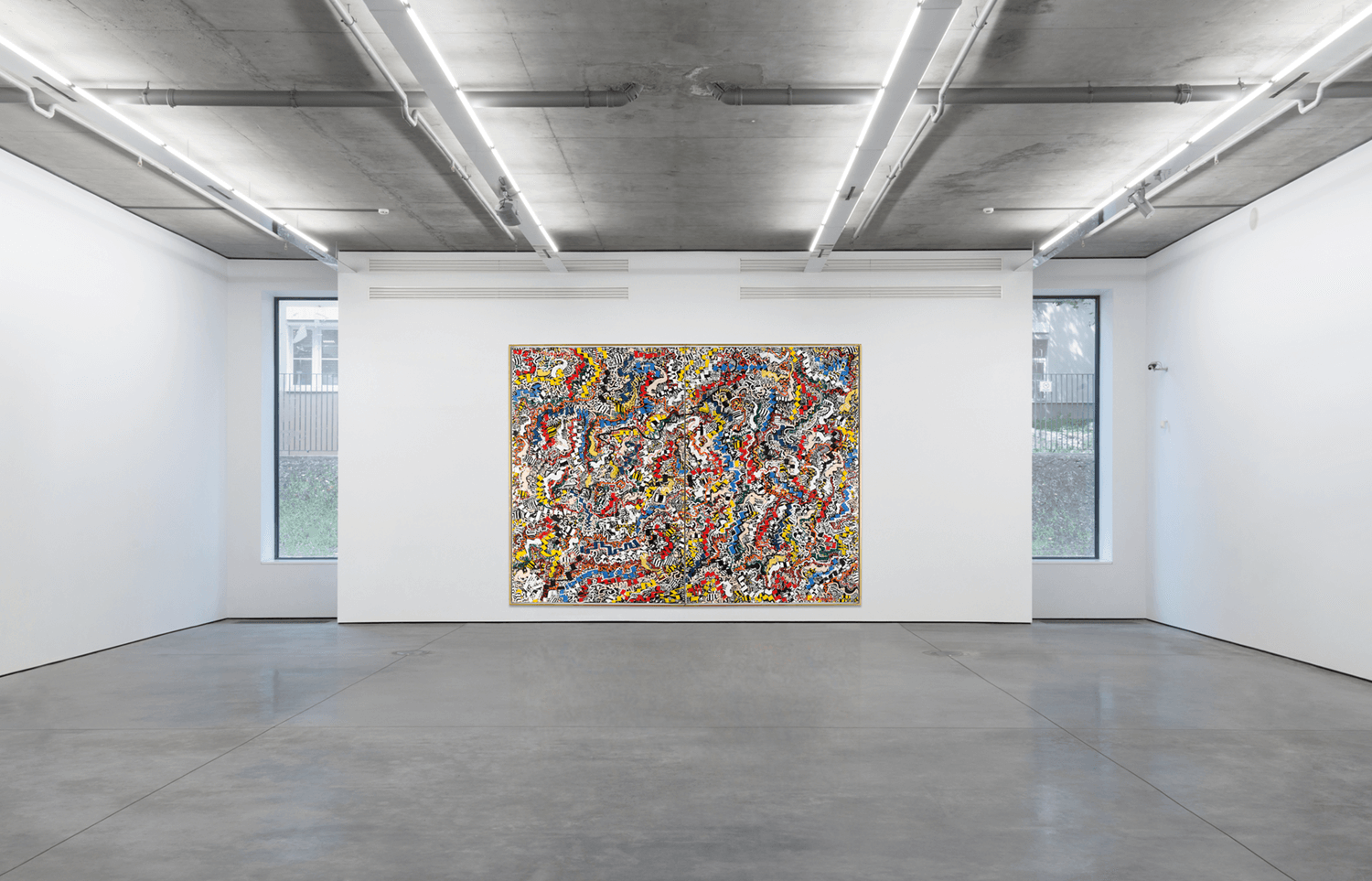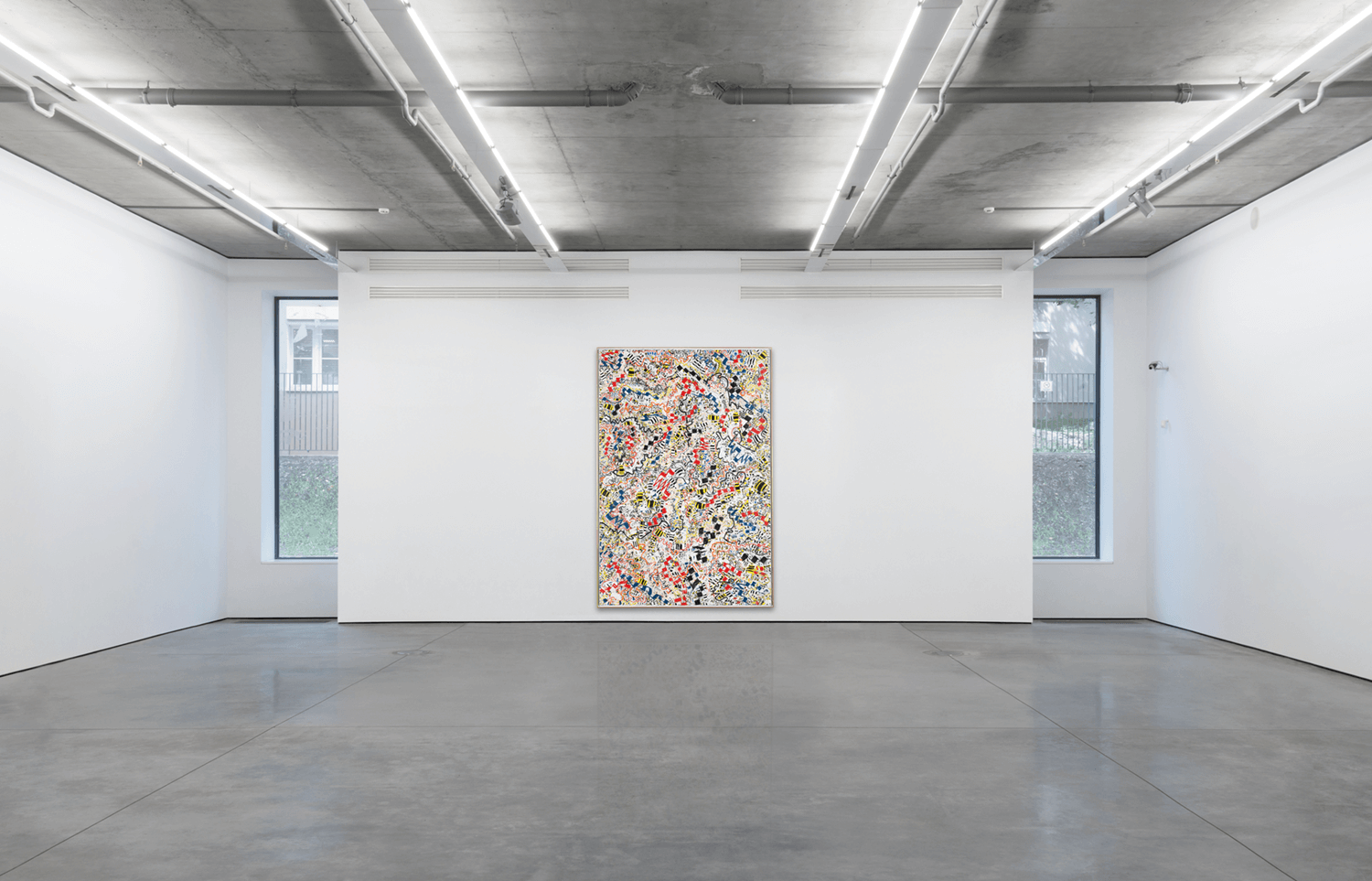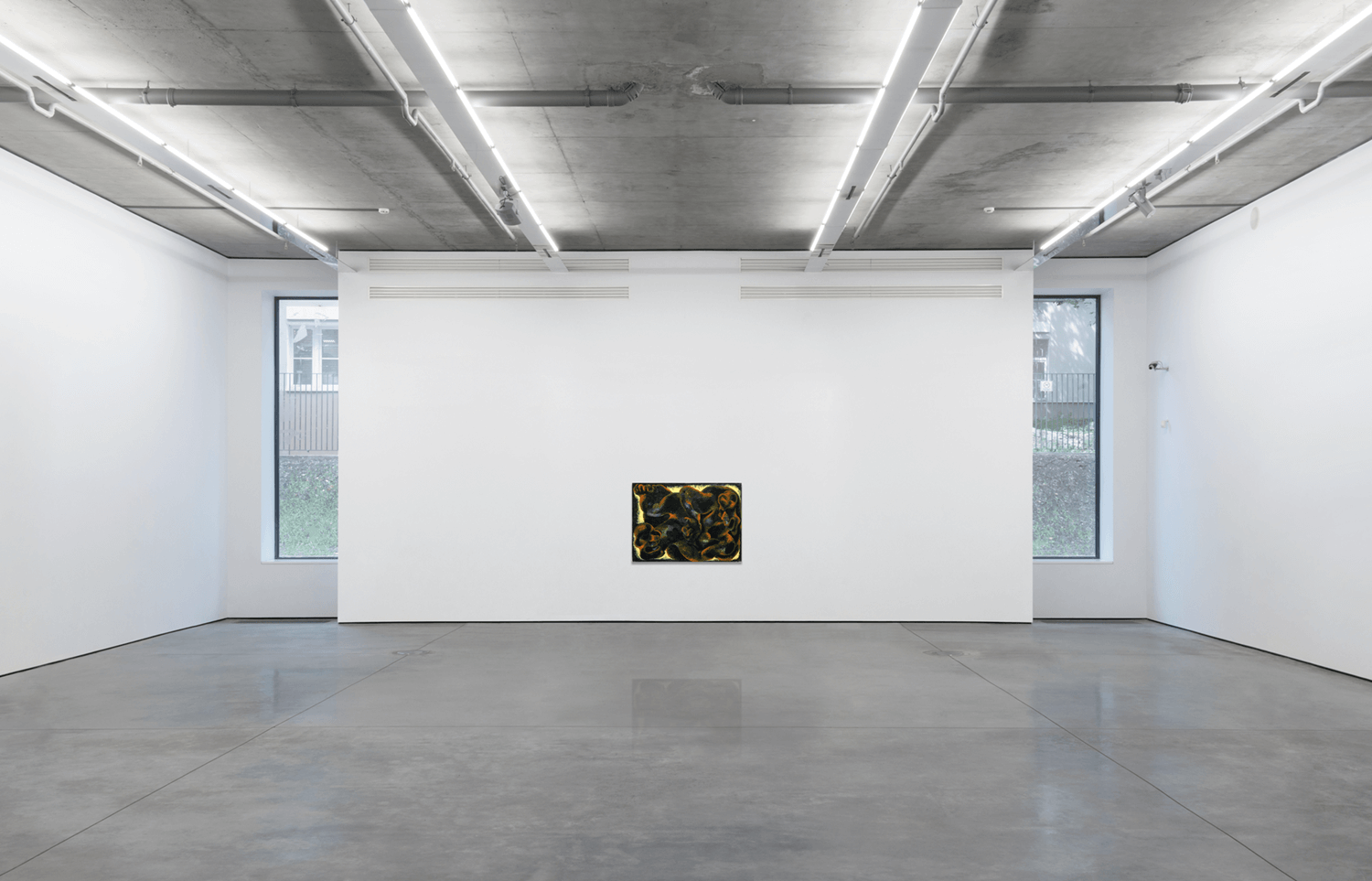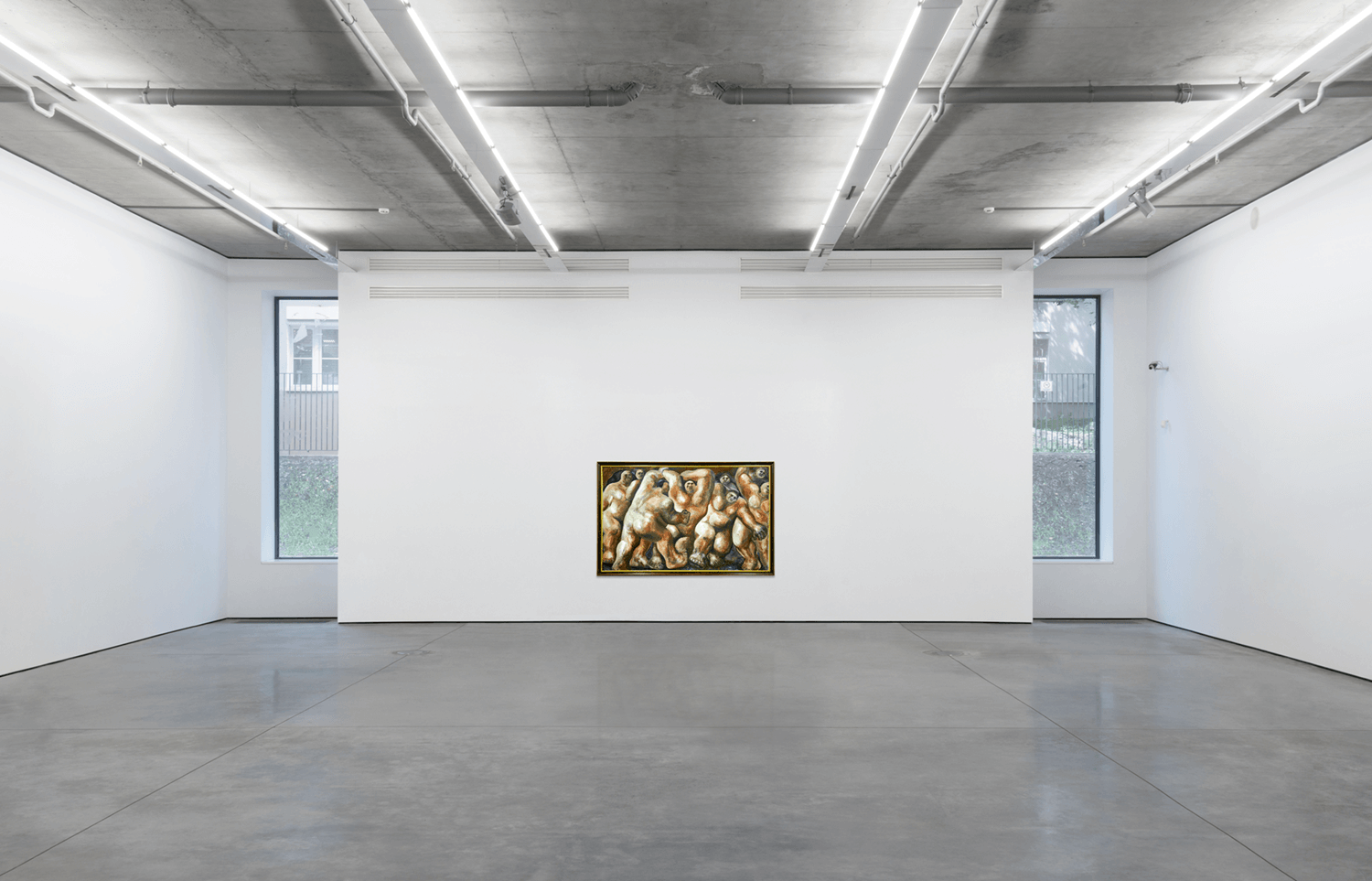Content Oriented Web
Make great presentations, longreads, and landing pages, as well as photo stories, blogs, lookbooks, and all other kinds of content oriented projects.
Content Oriented Web
Make great presentations, longreads, and landing pages, as well as photo stories, blogs, lookbooks, and all other kinds of content oriented projects.
PAINTINGS
Chubarov subjected the works to a game of improvisation. He deliberately chose this style, as he had mastered it. Fascinated by unpredictability, he understood improvisation in a musical sense.
In regard to musical improvisation, musicians Theo Jörgensmann and Rolf-Dieter Weyer wrote: "Improvisation in music means doing unpredictable things, bringing inner feelings to light. It means feeling, mentally analyzing, and acting. Inspiration, intuition, and constructive imagination form an alliance with each other. Thus, improvised music is a firsthand archetypal musical experience. The improvising artist creates his music without detours, directly in its uncut form. He only has himself and his instruments at his disposal, but the artistic quality of his improvisation is always linked to his artistic sensitivity, his personality, his creativity, and his professional musical abilities and skill."
The first encounter with Evgeny Chubarov's monumental paintings acquaints us with a phenomenon of symphonic work. The technique of applying paint with a squeegee is observed both in black-and-white and color paintings. Colorful shapes, in red, green, yellow, black, or white paint, are applied to the lower thin layers of black brushstrokes, in such a way that they resemble handkerchiefs waving in the wind, although that is not what is depicted. The color paintings are characterized by a lightness that differs them from most of the black-and-white ones.
An important formal aspect is dictated by the technique of a composition. There is no traditional center in these paintings. The composition is randomly scattered across the canvas. Created in defiance of academic canons, this arbitrary composition eliminates the internal balance of colors, shapes, and strokes and represent "non-relational art". Nothing is weighed in this limitless freedom. This is where Chubarov performs masterfully.
In regard to musical improvisation, musicians Theo Jörgensmann and Rolf-Dieter Weyer wrote: "Improvisation in music means doing unpredictable things, bringing inner feelings to light. It means feeling, mentally analyzing, and acting. Inspiration, intuition, and constructive imagination form an alliance with each other. Thus, improvised music is a firsthand archetypal musical experience. The improvising artist creates his music without detours, directly in its uncut form. He only has himself and his instruments at his disposal, but the artistic quality of his improvisation is always linked to his artistic sensitivity, his personality, his creativity, and his professional musical abilities and skill."
The first encounter with Evgeny Chubarov's monumental paintings acquaints us with a phenomenon of symphonic work. The technique of applying paint with a squeegee is observed both in black-and-white and color paintings. Colorful shapes, in red, green, yellow, black, or white paint, are applied to the lower thin layers of black brushstrokes, in such a way that they resemble handkerchiefs waving in the wind, although that is not what is depicted. The color paintings are characterized by a lightness that differs them from most of the black-and-white ones.
An important formal aspect is dictated by the technique of a composition. There is no traditional center in these paintings. The composition is randomly scattered across the canvas. Created in defiance of academic canons, this arbitrary composition eliminates the internal balance of colors, shapes, and strokes and represent "non-relational art". Nothing is weighed in this limitless freedom. This is where Chubarov performs masterfully.
Chubarov subjected the works to a game of improvisation. He deliberately chose this style, as he had mastered it. Fascinated by unpredictability, he understood improvisation in a musical sense.
In regard to musical improvisation, musicians Theo Jörgensmann and Rolf-Dieter Weyer wrote: "Improvisation in music means doing unpredictable things, bringing inner feelings to light. It means feeling, mentally analyzing, and acting. Inspiration, intuition, and constructive imagination form an alliance with each other. Thus, improvised music is a firsthand archetypal musical experience. The improvising artist creates his music without detours, directly in its uncut form. He only has himself and his instruments at his disposal, but the artistic quality of his improvisation is always linked to his artistic sensitivity, his personality, his creativity, and his professional musical abilities and skill."
The first encounter with Evgeny Chubarov's monumental paintings acquaints us with a phenomenon of symphonic work. The technique of applying paint with a squeegee is observed both in black-and-white and color paintings. Colorful shapes, in red, green, yellow, black, or white paint, are applied to the lower thin layers of black brushstrokes, in such a way that they resemble handkerchiefs waving in the wind, although that is not what is depicted. The color paintings are characterized by a lightness that differs them from most of the black-and-white ones.
An important formal aspect is dictated by the technique of a composition. There is no traditional center in these paintings. The composition is randomly scattered across the canvas. Created in defiance of academic canons, this arbitrary composition eliminates the internal balance of colors, shapes, and strokes and represent "non-relational art". Nothing is weighed in this limitless freedom. This is where Chubarov performs masterfully.
In regard to musical improvisation, musicians Theo Jörgensmann and Rolf-Dieter Weyer wrote: "Improvisation in music means doing unpredictable things, bringing inner feelings to light. It means feeling, mentally analyzing, and acting. Inspiration, intuition, and constructive imagination form an alliance with each other. Thus, improvised music is a firsthand archetypal musical experience. The improvising artist creates his music without detours, directly in its uncut form. He only has himself and his instruments at his disposal, but the artistic quality of his improvisation is always linked to his artistic sensitivity, his personality, his creativity, and his professional musical abilities and skill."
The first encounter with Evgeny Chubarov's monumental paintings acquaints us with a phenomenon of symphonic work. The technique of applying paint with a squeegee is observed both in black-and-white and color paintings. Colorful shapes, in red, green, yellow, black, or white paint, are applied to the lower thin layers of black brushstrokes, in such a way that they resemble handkerchiefs waving in the wind, although that is not what is depicted. The color paintings are characterized by a lightness that differs them from most of the black-and-white ones.
An important formal aspect is dictated by the technique of a composition. There is no traditional center in these paintings. The composition is randomly scattered across the canvas. Created in defiance of academic canons, this arbitrary composition eliminates the internal balance of colors, shapes, and strokes and represent "non-relational art". Nothing is weighed in this limitless freedom. This is where Chubarov performs masterfully.







